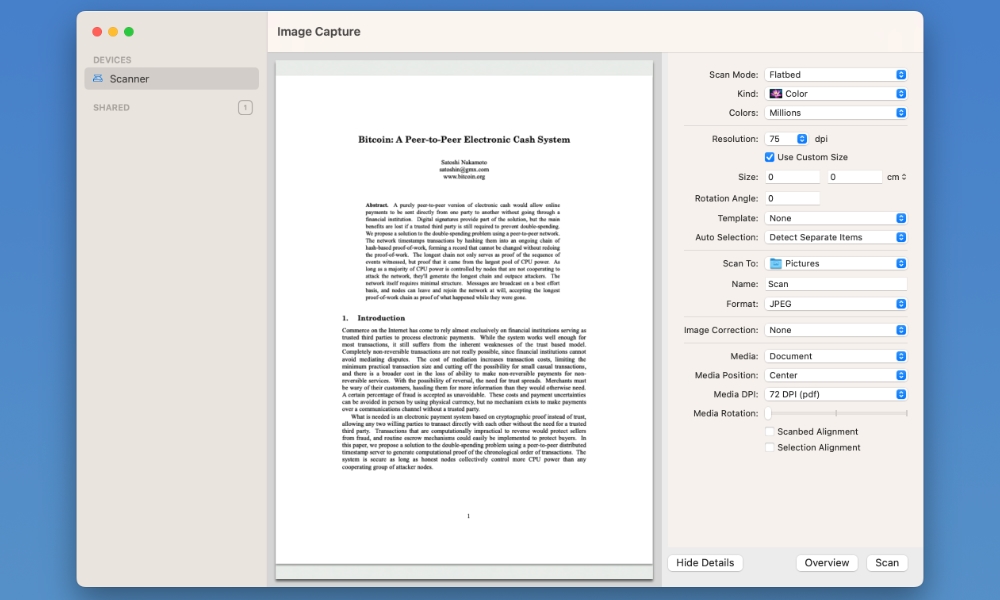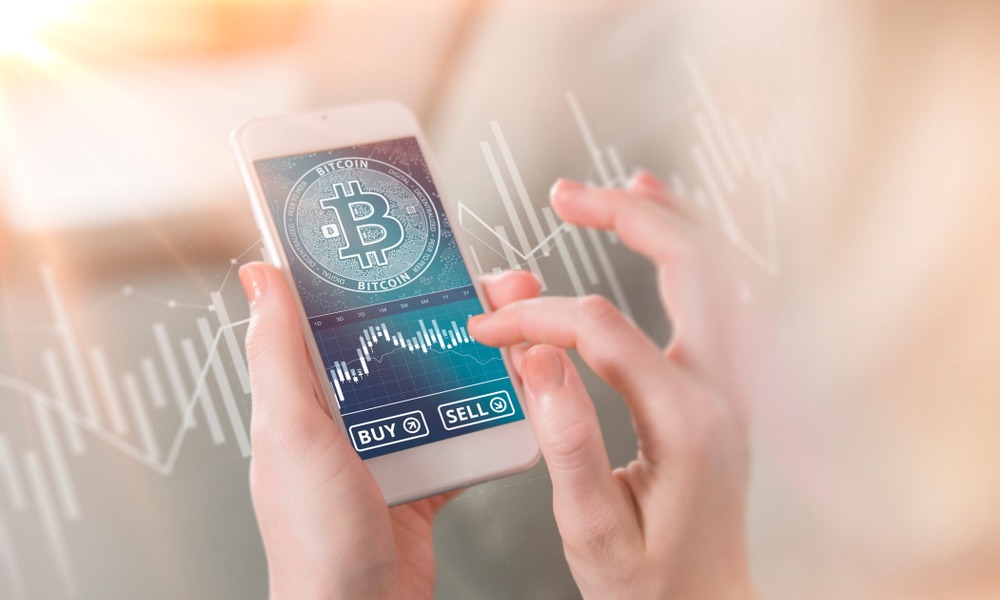How To Buy Bitcoin on Your iPhone
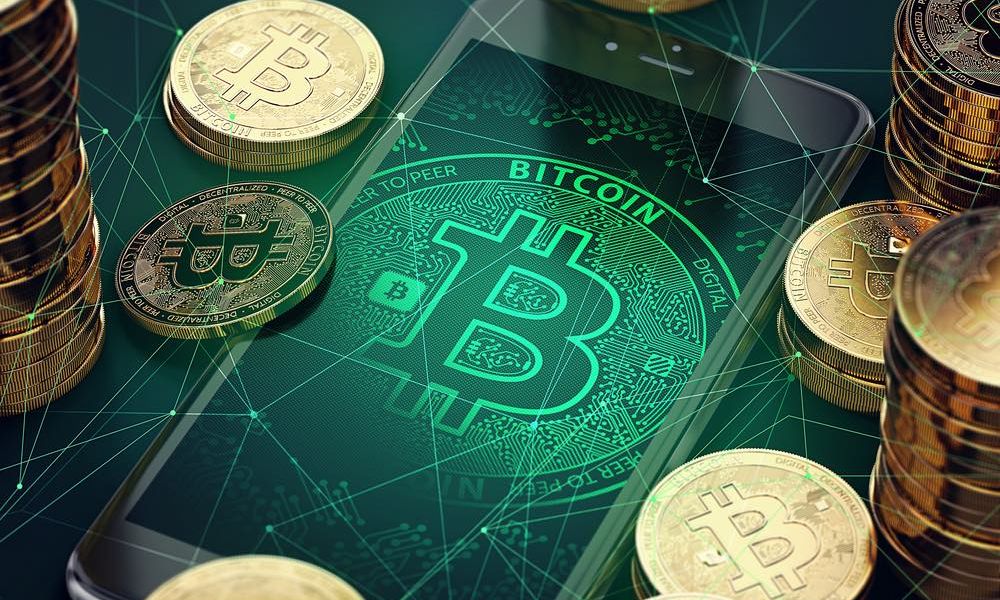 Shutterstock
Shutterstock
Toggle Dark Mode
Imagine being able to maintain purchasing power for years and decades to come. Wouldn’t that be nice, rather than facing the constant erosion of it?
Distilled into a sentence, Bitcoin is a long-term savings technology designed to maintain the purchasing power of those who decide to hold it. It’s that simple. It shouldn’t be harder to keep the purchasing power of your money than actually earning it. You’ve dedicated your time, sold products and/or provided services to earn cash, holding it through time should be the easy part.
Over the last fifteen years, we’ve seen that if you didn’t invest in bitcoin, it was difficult to maintain the purchasing power of your hard-earned cash. While the US dollar is relatively stable, it still faces inflation, just like any other currency. Even in developed countries, your purchasing power gets cut in half every fifteen years on average. A pseudonymous individual, or group of individuals that goes by the name Satoshi Nakamoto designed Bitcoin to address the problem of state-issued money and its diminishing purchasing power over time.
Not many people understand Bitcoin’s full potential. Even those who’ve bought bitcoins or at least invested in a proxy to get exposure to Bitcoin’s prices might not fully grasp how groundbreaking this technology is. The following features of Bitcoin are crucial to understanding and appreciating its value proposition.
Digital Scarcity
The fixed maximum supply of 21 million bitcoin is one aspect of how this dollar-number-go-up technology achieves its established goal of maintaining your purchasing power. The protocol has a hardcoded emission schedule that rewards the bitcoin miners who are securing the network. It’s highly predictable, mapped to release the last bits of bitcoin, called satoshis, by 2140.
Currently, we see that 19,857,213 coins have been released since the first bitcoin block was mined in 2008. The reward is set to 3.25 bitcoin and is awarded to the fastest miner who finds the correct nonce (number only occurring once) roughly every ten minutes. For every 210,000 blocks, corresponding to four years of time, the reward to miners gets cut in half, which shows that all 21 million bitcoins will be in circulation by 2140.
Decentralization
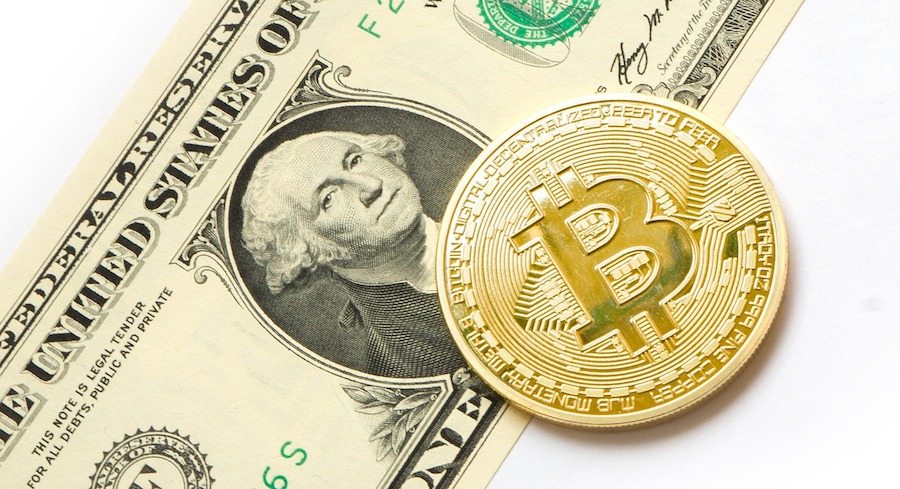
It’s the only cryptocurrency sufficiently decentralized, running simultaneously on tens of thousands of nodes. Individuals, companies, or even nation-states are powerless over the long arch of time to fight against it. The code is for anybody to view in its entirety, as Bitcoin is fully open-sourced.
There is no company, CEO, or employee responsible for Bitcoin, which means that nobody is held accountable for its place in the world. Bitcoin JUST IS. It exists, and every ten minutes, it moves on to the next block. As many enthusiasts like to say: “Tick Tock, Next Block.”
The decentralized nature also means there’s no entity to sue, as the founding person has mysteriously disappeared. In simple terms, you can either opt-in or not, leaving more bitcoin for everybody else who does.
Immaculate Conception
Satoshi Nakamoto was a selfless individual or entity who wrote the Bitcoin white paper as well as the code for the protocol. He initially deployed the software as well as mined the first million bitcoins. His bitcoin wallets are worth nearly 100 billion dollars in today’s value. Yet, these coins never moved to be exchanged into fiat money, such as US dollars or euros. It is widely believed that these coins will always be lost because the keys to spend them are lost as well. If this is true, it makes bitcoin even more scarce. This noble gesture of not personally profiting from inventing Bitcoin shows Satoshi’s real character.
Satoshi released Bitcoin just after the Great Financial Crisis of 2008. The timing couldn’t have been better, highlighting the conventional banking system issues. Financialization of such products and mortgage-backed securities caused harm to the main street while Wall Street escaped without repercussions. What followed was five years of recovery, which, in hindsight, didn’t change the way things are done today (with minor exceptions where more strict regulation was put in place).
Satoshi’s Bitcoin is designed to help the common folk, taking power away from the banks and the entire banking system. Even the biggest institutions like BlackRock, Fidelity, Vanguard, J.P. Morgan and Chase, Bank of America, and Wells Fargo can’t break Bitcoin. While some might fight it, they’re unlikely to be successful in beating it. As we’re already seeing today, some of these big players will actually embrace it in order to profit from this non-violent movement that Bitcoin is — a Peaceful Revolution.
Network Effects
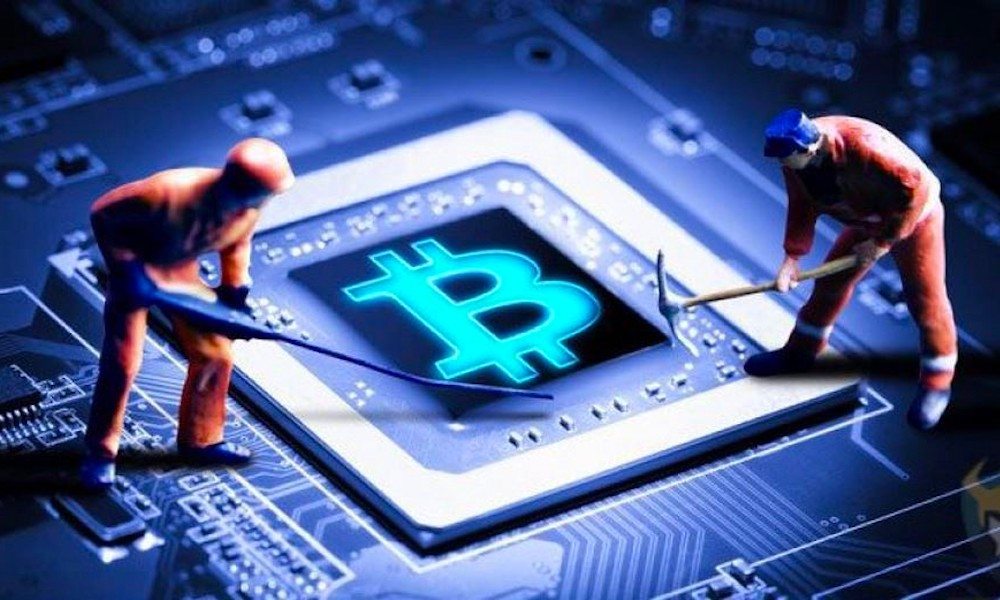
If Bitcoin is open source, can’t you just copy and paste the code to create another Bitcoin blockchain? In theory, you can do that today and it’s been done many times before. If you wish to start a new Bitcoin blockchain, go right ahead. You’ll still have to convince enough new miners to secure your network to give your blockchain any value.
The idea of bitcoin being anchored in physical reality is what differentiates this digital asset from thousands of other crypto tokens. The more real-world energy is spent on securing the network, the stronger it becomes against potential bad actor attacks. These qualities combined contribute to the immutable digital scarcity that Bitcoin upholds.
To fully understand how bitcoin (the asset) works and how Bitcoin (the network) operates, one has to dedicate some serious time, and the more, the better. Some can grasp the concept in an hour while others need tens or hundreds of hours.
The respected experts in the space have spent thousands of hours thinking about this once-in-a-lifetime invention. Some argue it’s the best investment you’ll make, meaning that the time you spend researching how Bitcoin actually works will shape your future to acquire some sooner or later. Over at least four years, you’re very unlikely to lose money — and you might actually double it in terms of dollars.

Bitcoin has been around since 2009, which marks it 16 years old in 2025. It’s no longer a brand new invention, rather it’s teenager ready to fully grow up. Its growth has been short of amazing so far. In comparison, there is nothing else in this world that has grown from zero to $2 trillion dollars faster than Bitcoin. Yes, it’s been the fastest-growing asset across the publicly invested spectrum.
But how did bitcoin get to $2 trillion in market capitalization? It certainly wasn’t the smooth up and to the right as one would hope for. With a volatility that’s unmatched in financial markets, it’s had violent booms and bursts. In some years, bitcoin increased by hundreds of percent. On the other hand, bitcoin has crashed over eighty percent several times.
While we’ve had enough history to show that bitcoin adoptions happen in cycles or waves, most investors are still uncomfortable with the volatility. Are you one of them? The older you are, the more likely it is that you haven’t delved into purchasing bitcoin for yourself.
So, how can a person like you start acquiring bitcoin? There are a number of ways to get exposure to the asset price. We have many SEC-approved exchange-traded funds (ETFs) like IBIT, FBTC, and GBTC, plus stocks of publicly traded companies that mostly hold bitcoin (like MSTR, MARA, etc.), and other possible vehicles like option and future markets. All these will give you a correlated bitcoin price exposure.
But when somebody truly wants to own bitcoin, there is a proper way to do it. Aside from trading somebody (you know and trust really well) dollars for sending you bitcoin, we discuss the most common ways below.
Apps to Start
First, consider if you already have one of these apps for your financial needs:
- Robinhood
- CashApp
- PayPal
If you already do, this might be the best place to start acquiring your first small part of bitcoin (called satoshis). You can get as little as $1 worth of bitcoin (BTC is the only ticker you’re looking for) or invest tens or thousands of dollars. All three apps above allow you to purchase bitcoin and send it to your self-custody wallet (hot wallet, hardware wallet, or even an air-gapped wallet).
You’ll want to know the difference between these wallet types because you only truly own bitcoin once you learn how to self-custody it. Bitcoin on exchanges can be legitimate (and should be) but your mental approach should be: DO NOT TRUST, VERIFY. Assume that you don’t truly own bitcoin until you send it to your own wallet.
What’s the downside of these three apps compared to bitcoin or crypto exchanges? Generally, higher fees, higher spread, lower limits for withdrawal, and fewer options to dollar cost average into your purchases. However, these are still a good way to familiarize yourself with purchasing bitcoin.
Bitcoin and Crypto Exchanges

The next step in your Bitcoin journey should be signing up on a US-based exchange like Coinbase, River, Swan, Kraken, Strike, or Gemini. All these also have iPhone apps in the App Store. If you’re from the United States, I wouldn’t recommend any other places or exchanges to the ones above mentioned.
WARNING! If you’re uncertain about what you’re doing, definitely don’t click on unsolicited emails that promise you bitcoin in exchange for anything. There are hundreds of scams that prey on users who are new to bitcoin or crypto.
Rather, here is a short high-level overview of what you should do:
- Sign up for Coinbase by downloading their App Store app or create an account here.
- Fill in all your KYC (know your customer fields).
- Verify your Coinbase account.
- Attach your US bank account.
- Fund your Coinbase wallet with US Dollars from your bank account.
- Make your first bitcoin (BTC) purchase ($10 or more, depending on how comfortable you feel).
Now that you purchased BTC in your app or exchange, what’s next? Given that Bitcoin is a revolutionary technology and the most liquid and fastest settling bearer asset that you can own, you should experience how sending, receiving, or paying with it works.
While you might ask if it’s okay to keep your bitcoin in the app or on the exchange, small amounts that you can afford to lose might be. Large amounts of bitcoin (tens of thousands or more) should be unequivocally sitting in a cold storage wallet like Trezor, Blockstream Jade, or Coldcard.

